The Spark for Space
It is Wednesday, November 16, 2022, just after 1 am. We just went into the T-10min Artemis I launch countdown hold. Time to catch up with some launch operation procedures and the final launch poll. I lean back in my chair and look around and find it hard to believe that I am sitting in the Chief Engineer Support Room (CESR) at NASA’s Kennedy Space Center (KSC) supporting the mission that will take humans back to the moon. The room is filled with anxious engineers staring at numbers scrolling past their computer screens. Most of them have been involved with NASA’s Artemis program since its inception in 2017 whereas I have only been involved for the last two. But my journey to get here started almost half a century ago.
 During the end of the 1970’s we lived in Seattle, WA (USA). My dad was a diplomat for Germany which brought him to work at the German consulate there. Two events occurred more or less at the same time then that would determine the rest of my life. The first was a blockbuster movie that dominated the fantasy of every little boy during those days: Star Wars. The second was a short documentary that my dad showed me about the Apollo program on his Super 8 projector. When I think back to that time, my best guess is that the combination of the vision of what could be and what is reality ignited my passion for all things space. And that passion still has me in its grip to this day.
During the end of the 1970’s we lived in Seattle, WA (USA). My dad was a diplomat for Germany which brought him to work at the German consulate there. Two events occurred more or less at the same time then that would determine the rest of my life. The first was a blockbuster movie that dominated the fantasy of every little boy during those days: Star Wars. The second was a short documentary that my dad showed me about the Apollo program on his Super 8 projector. When I think back to that time, my best guess is that the combination of the vision of what could be and what is reality ignited my passion for all things space. And that passion still has me in its grip to this day.
"Try & You Will Fly"
While my interest in space was sparked early on in my life and was fueled by books, models and parents that took every opportunity to feed my passion, my academic pursuit did not really start until I came to International School Bangkok (ISB) in 1988 as a freshman. There were two science teachers that taught at ISB at the time that can take all the credit for putting me on the path that would lead me to KSC: Ms. Susan Kessler Chandler and Mr. Michael Pearson. Ms.Chandler was my extraordinary science teacher during my freshman year introducing me to the basic science of rockets and space. Mr. Pearson had made it to the final round of NASA’s Teacher in Space program in the early 80’s. After he was not chosen to go to space, he took on the mantle of NASA Space Ambassador and taught science in high school. He had my attention at NASA, space, and his guiding phrase: “Try and you will fly.”
These two extraordinary teachers together decided to organize Operation Starship ’89 which would take a group of about 30 high school students on a trip to Huntsville, AL to attend Space Academy for a week, Orlando, FL to visit Disney World and Sea World and finally to San Francisco, CA for some additional science inspiration at the Palace of Fine Arts. My recollection of how I managed to become one of the participants of this once in a lifetime opportunity is vague, but I did it. Needless to say, that Operation Starship in 1989 sealed the deal for me of where I saw my future take me. My gratitude, admiration and respect for Ms. Chandler and Mr. Pearson, and the fact that ISB supported and allowed for this trip to happen is more than I could ever express in words.
Passionate Lifelong Learning
In 1992 I graduated from ISB with the IB and returned to Germany to attend university. While my plan was to study Aerospace Engineering, it did not work out that way. It took two years for Germany to accredit my IB diploma which was mandatory to attend university. I used that time to study to become a lab assistant in a science lab at a trade school in Tübingen and started earning my first money as a tour guide on the Castle of Hohenzollern in Hechingen. But I also used that time to look at different universities in Germany. Eventually, I settled on the University of Co-operative Education Stuttgart which had a branch in Horb am Neckar near where I lived with my grandmother. Its three-year program was much more appealing to me than spending six to eight years at a regular university and just getting a bachelor’s degree was not a choice in Germany at the time. The other big advantage in my eyes was that I would get paid a salary. However, I could not study Aerospace Engineering because it was not offered. Instead, I studied Mechanical Engineering with a major in Fluid Mechanics which was the closest subject I could find.
I graduated in 1997 and then went on to work as a hydraulics engineer in Germany. But my passion for space still burned as bright as ever. In 2000 I could finally get back on track when I applied and was accepted to the International Space University (ISU) in Strasbourg, France. This was a one-year Master of Space Studies (MSS) program that would expose me to all aspects of a space program—not just science and engineering--and would give me the opportunity to do an internship. I chose to do my internship in the Flight Dynamics branch at NASA’s Goddard Space Flight Center (GSFC) in Greenbelt, Maryland.

There I became fascinated by flight and orbital dynamics and decided that I had found my calling, but that it also meant going back to university, because all the math and control theory involved was still out of my league. Prof. Kathleen Howell, a world-renowned authority on the subject who worked with the team at GSFC, invited me to join her research group at Purdue University and finally get my master’s in aerospace engineering. And so, I returned to ISU, finished the MSS program and found a job at the European Space Agency’s Space Operation Center (ESOC) in Darmstadt, Germany as Simulation Engineer. Meanwhile, I also started the application process to Purdue University.
Life Throws a Curveball
On September 11, 2001, I was working at ESOC installing a new satellite flight simulator when the news of an airplane flying into the World Trade Center broke. Two days later I had an appointment at the US consulate in Frankfurt, Germany to apply for my student visa for the USA. I still went and got my visa. But by the time I walked into Prof. Howell’s office at Purdue University in January 2002, the world was a different place. NASA no longer allowed for international students to be funded by research sponsored by them. Looking for another way to pay for and stay at Purdue University, I became a teaching assistant in the German department for the next four years. In 2006 I finally received my Master’s in Aerospace Engineering but finding a job in flight and orbital dynamics was unrealistic with a German passport. After too many rejections I started looking at other opportunities and ultimately accepted a position as Hydraulics Design Engineer at Caterpillar in Joliet, IL. I guess my background in Fluid Mechanics came in handy.
Disney Imagineers
For the next ten years I designed hydraulic components and systems for construction machinery and had a great time doing it. In fact, I had such a great time that my passion for space was not lost but definitely was not on my mind as much. In fact, as I contemplated my future, I even came up with a plan B that involved that other passion that had stuck with me since my early days in Seattle: Star Wars. During a trip to Los Angeles, CA I had the good fortune to look behind the scenes at the Walt Disney Studios and learn about Walt Disney Imagineering (WDI) — the group that designs the attractions for the parks around the world — and they were in the process of designing and building a whole new Star Wars land. If I could not be part of the realistic side of space, then, maybe, I could work on the fantasy side. During a downturn in the business for Caterpillar, I was part of a wave of dismissals in 2016. While I did try applying at WDI, a small hydraulics company in Minneapolis, MN gave me my next opportunity. However, the long miserable winter in the harsh north was just not for me. I started looking for my next move.
Hello, Plan B! In October 2018 I started as a contractor at WDI in Orlando, FL. I was a Ride Engineer in the Guardians of the Galaxy: Cosmic Rewind rollercoaster team, which meant that I was part of the team that was responsible for just the engineering side of the coaster at EPCOT. And I had the chance to assist with some small projects involving the new Star Wars land! I truly believed I had arrived, and this is what I would be doing for the rest of my life. It was the best job I ever had, or so I thought …
In April 2020 COVID-19 shut down the world including all the Disney parks around the world. I was stuck at home keeping afloat with some minor jobs as an independent engineer and applying to engineering positions in the area. It actually only took a few months before I found the job that I felt was posted just for me to see: Fluid Design Engineer at Kennedy Space Center. It seemed like ages before I finally heard back from Jacobs—the company hiring for the job—but three months later I was interviewed and a few weeks later they made me an offer. It is hard to describe the feelings and emotions I had when I got the news I had been dreaming of for so long and honestly thought would never get.
A Dream Come True
My first day at work was October 19, 2019. I picked up my badge from the badging office and for the first time drove down Kennedy Parkway North towards the Vehicle Assembly Building where the Saturn V was assembled for the Apollo missions so many decades ago and where I would now be working as part of the Artemis team to land humans on the moon again.
It is 1:37 am. I am listening to the final launch poll before the Artemis I launch countdown resumes at T-10min. We are all holding our breath. Then our mission director Charlie Blackwell-Thomson has the final words: “For all of humanity, Artemis I is go for liftoff!” During the final 10min. humans are reduced to observers. From now on all decisions are made by silicone brains. The entire room rushes out to find a good spot to watch. I am about three miles from the launch pad when the engines ignite and turn nighttime into day. I have arrived!
Written By: Christoph Wagner
Photos Provided By: Christoph Wagner & ISB Alumni Coordinator
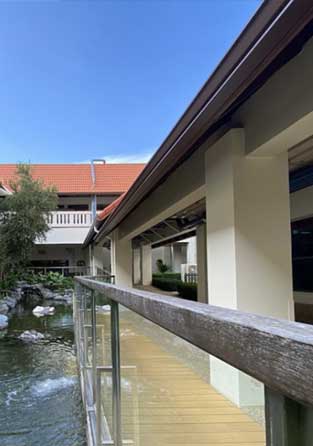
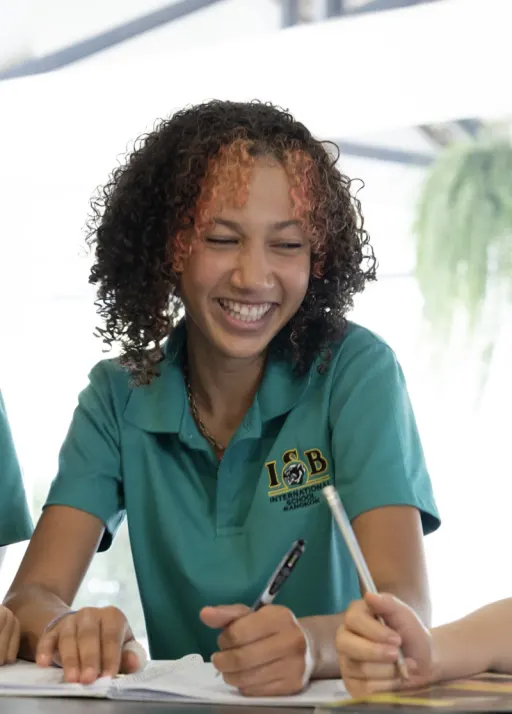

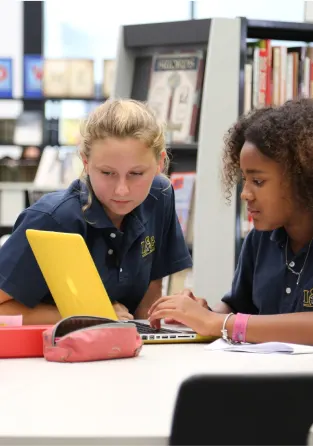
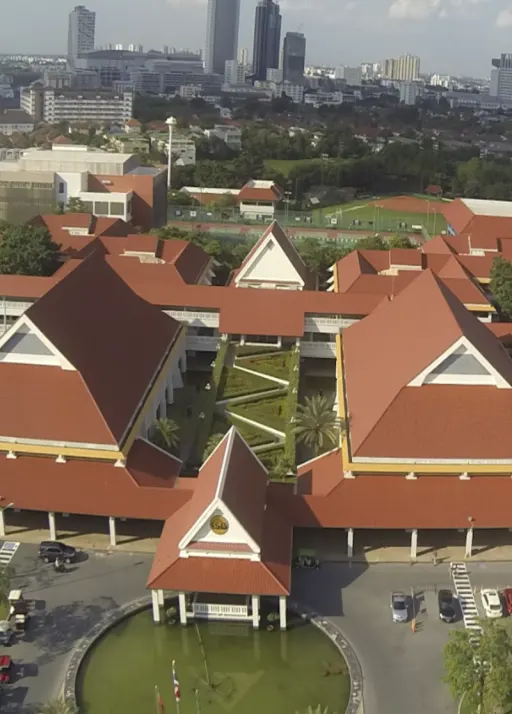

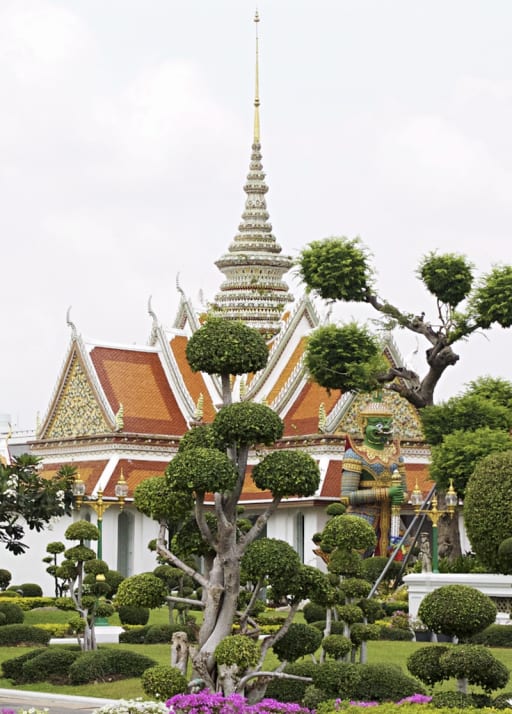
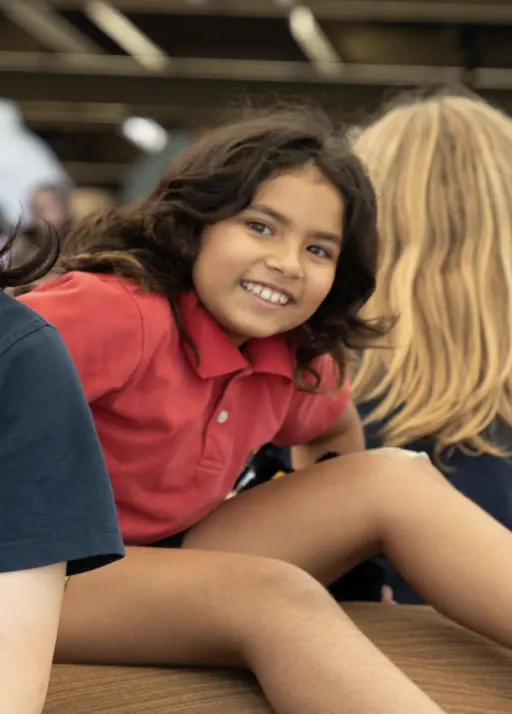
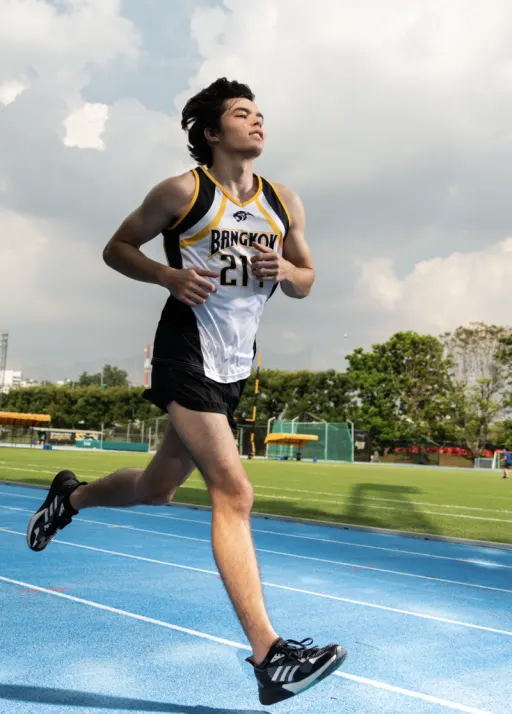

 日本語
日本語
 한국어
한국어
 中文 (简体)
中文 (简体)
 ภาษาไทย
ภาษาไทย